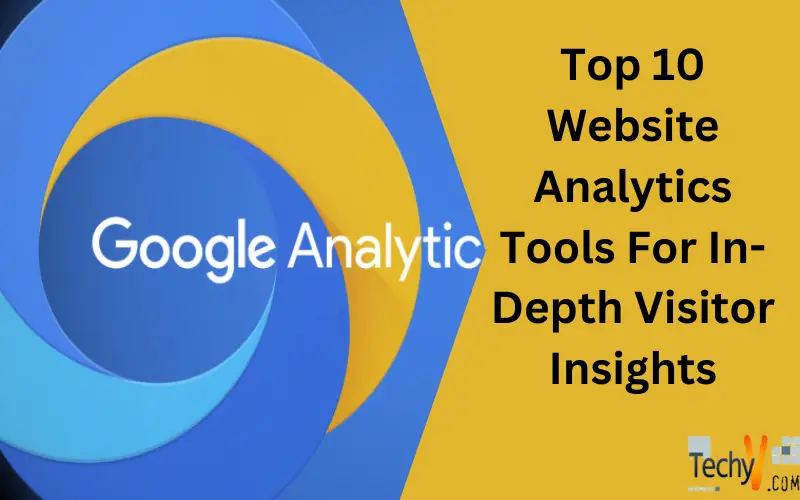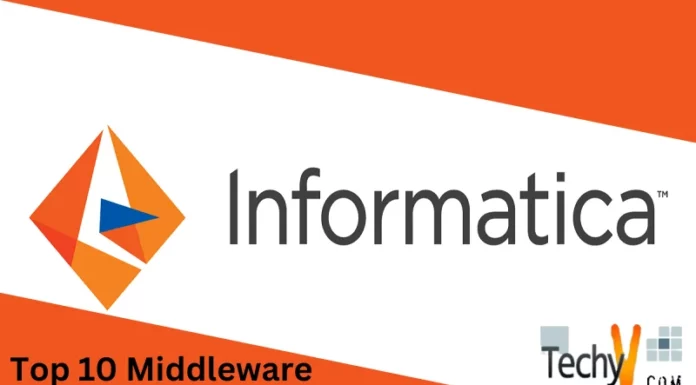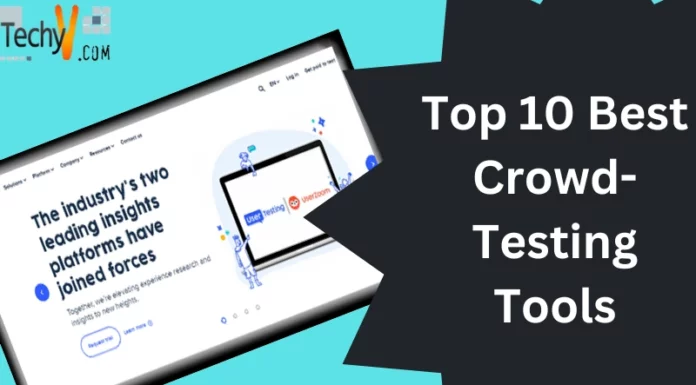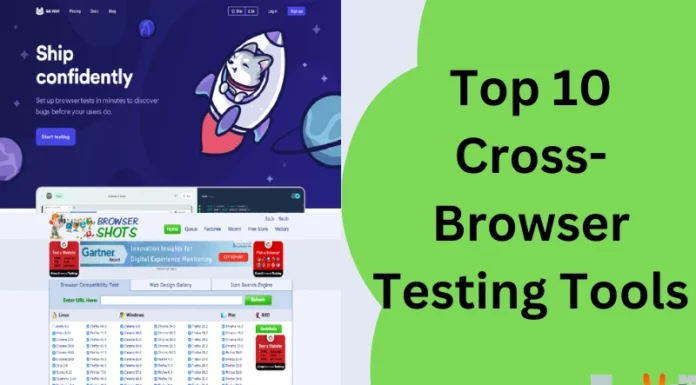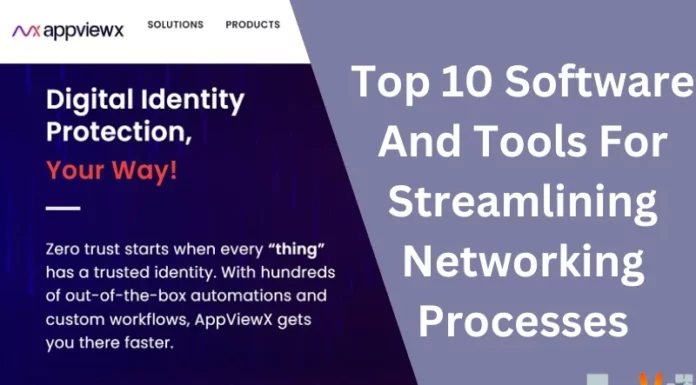Gaining a detailed understanding of website visitor behavior provides crucial insights that empower product teams to incrementally optimize and refine digital experiences, enable marketing organizations to precisely optimize go-to-market motions across engagement channels, and equip business leaders to make smarter data-informed strategic decisions leading to substantially improved online conversion rates. As such, prioritizing the implementation of a robust website analytics tracking solution warrants urgent attention early within any customer-impacting digital property development life cycle. Through hands-on ongoing comparative analysis of key usage, engagement, revenue, and market penetration metrics across website visitor segments, modern analytics tools offer extensive capabilities to not only track volumes and surface-level trends but also drill down into underlying drivers, precisely identify issues and opportunities, monitor end-to-end funnel performance, deeply quantify true impact of initiatives, reveal breakdowns by channel source and campaign clusters, dynamically highlight priority queues for attention, establish trusted baseline benchmarks, configure smart anomaly detection alerts, and generate intuitive interactive visualizations conveying insights across the entire customer journey. This level of granular visitor intelligence provides immense business value and merits in-depth evaluation across experimental beta versions and pilot releases before committing to full launch readiness.
1. Google Analytics 360
As the pioneering longstanding market leader in digital analytics, Google Analytics 360 offers unmatched capabilities through an integrated suite of free tools providing deep quantitative website traffic analysis with powerful segmentation plus an enterprise-grade premium platform leveraging machine learning for predictive modeling, revenue attribution, and robust integrations with the entire Google Marketing Platform ecosystem and other common martech stacks. With rich features for deriving data-driven insights from online visitor interactions, product managers rely extensively on Google Analytics 360 for core web analytics functionality including customizable dashboards, funnel visualization, cohort tracking, advertising and site performance integration, granular segmentation, goal and conversion tracking, and technical flexibility to augment existing first-party data infrastructure.
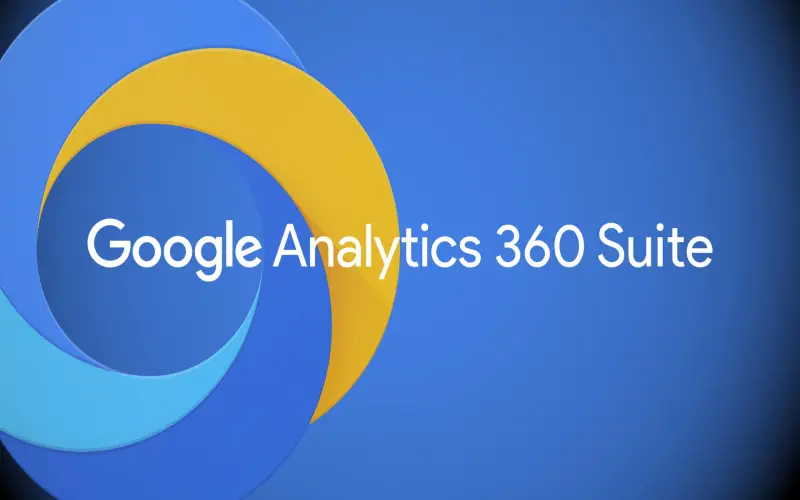
2. Crazy Egg
Crazy Egg provides unparalleled clickstream tracking and dynamic heat mapping capabilities to visualize website visitors’ scrolling and tapping behaviors down to individual page element levels. These interactive visual behavior cues help accurately pinpoint usability issues, capture qualitative UX pain points and visitor feedback, quantify engagement levels on various content pieces, and identify exact customer journey hot spots page by page. With insights exporting and integration capabilities, Crazy Egg enables the creation of fully customized analyses to match unique business needs.
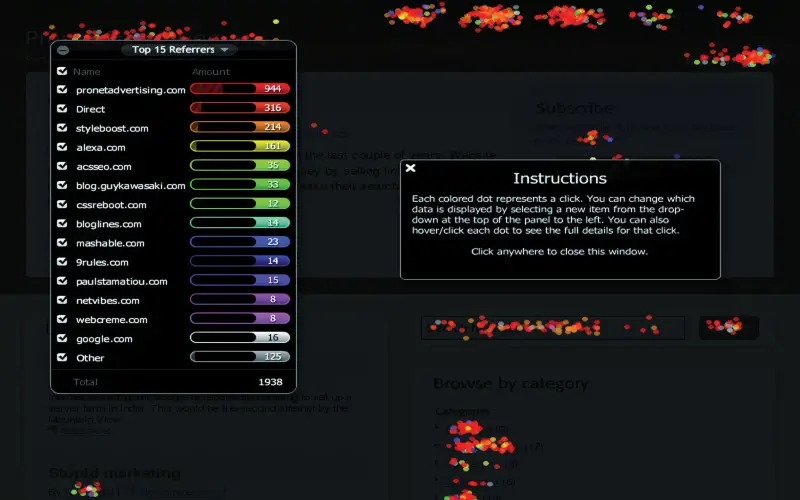
3. Clicky
For real-time precision website traffic analysis, Clicky offers sub-100 millisecond visibility into visitor page flows to expose detailed navigation patterns, enable instant monitoring of audiences to derive actionable insights as they actively navigate through websites, and allow triggering instant alerts for prioritized anomaly detection and notification workflows. Uniquely suited for agile digital analytics and web development teams iterating quickly, Clicky also provides snapshot trend alerts during incidents plus supports capturing custom events across platforms for complete data coverage.
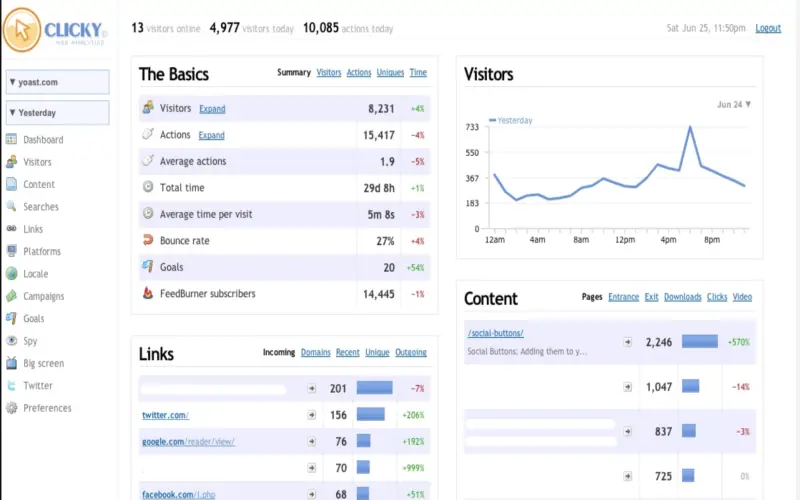
4. Kissmetrics
While lighter on standard aggregated data visualization, Kissmetrics focuses heavily on multi-channel cohort analysis, measuring detailed nuances between customer lifecycle stages, and quantifying true long-term value powered by an intelligent customer-centric data model. As an analytics tool focused on the individual, Kissmetrics tracks people across devices, platforms, and channels over time to uncover granular analysis of engagement, loyalty, repeat visit and purchase patterns, and critical retention trend changes across an unlimited history.
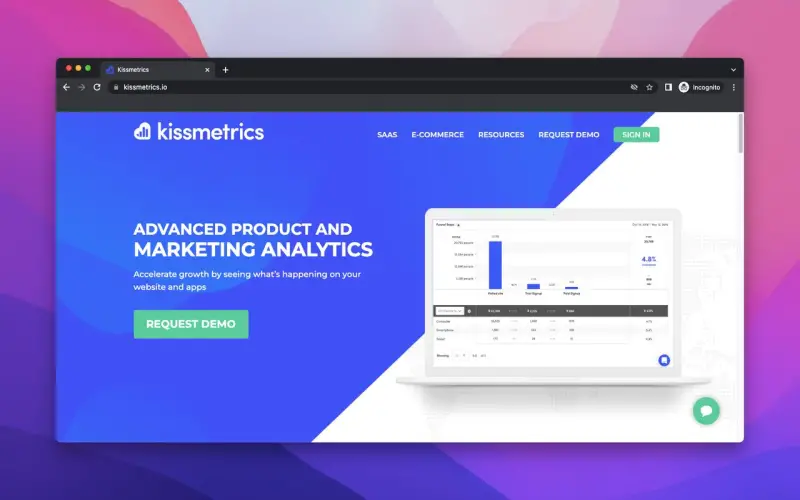
5. Chartbeat
As a real-time digital intelligence solution purpose-built for publishing and media, Chartbeat specifically focuses on understanding visitor content consumption behaviors, attention metrics, and engagement levels in dynamic real-time as website traffic interacts with blogs, articles, videos, tools, and other media assets. The lightning-fast yet highly intuitive dashboards and configurable priority alerts enable online newsrooms, modern digital media hubs, bloggers, and publishers to instantly quantify, analyze, and react to visitor responses on trending stories, breaking news items, and curated content collections by leveraging insights into content performance and audience engagement signals.
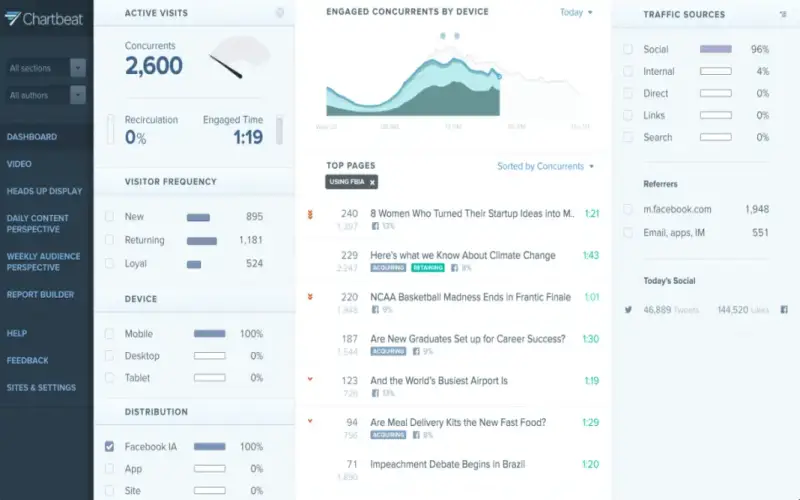
6. Optimizely Web Experimentation
Offering extensive A/B, multivariate, and WYSIWYG web experimentation capabilities, Optimizely equips product teams, marketing professionals, and web developers to easily create and continuously run multiple performance improvement experiments testing variants of website content, personalized experiences, and UI elements to statistically validate engagement, revenue, and conversation rate lift. With over 100 critical metrics across client, server, and 3rd party integrations supported out of the box, Optimizely provides a holistic picture of the true visitor impact of incremental optimizations and personalization initiatives which fosters a culture of data-informed iteration, constant improvement, and innovation rooted in understanding audience
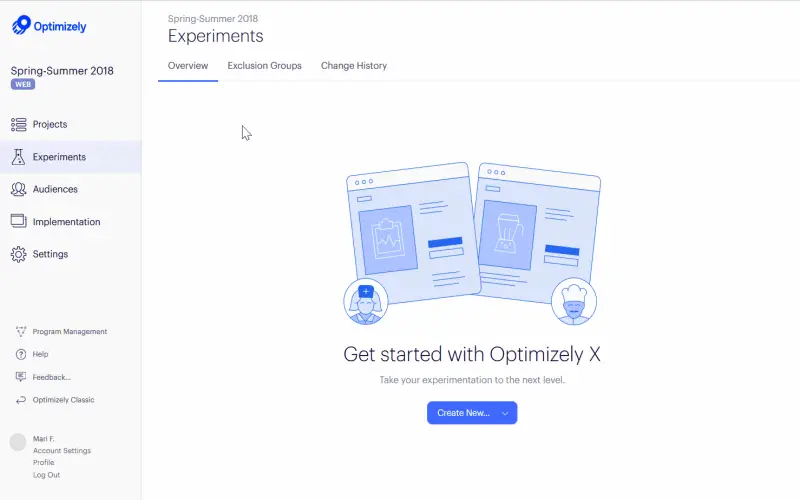
7. SEMrush
In addition to aggregating keyword rankings, backlinks, and other extensive organic visibility drivers, SEMrush also provides qualitative UX audits analyzing visitor behavior, journeys, and pain points as well as quantitative traffic, engagement, and conversion analytics allowing deep comparative analysis into all aspects of digital channel performance. Granular historical data tracking offered includes visitor engagement and sales cycle stage progression segmented by keyword, topic, geography, referral source, device type, and more while comprehensive reports detail actionable opportunities to boost revenue through higher visibility channels.

8. Matomo
As a full-featured open-source customer analytics alternative to commercial solutions, Matomo offers free self-hosted web analytics providing data ownership options and extensive platform customizability. Matomo’s industry-leading capabilities span 100% user-centric privacy-centered and GDPR-compliant behavioral data tracking, fully customizable dashboarding, role-based access controls, and developer-friendly APIs for advanced configuration, data science integrations, and prediction modeling leveraging open web standards.
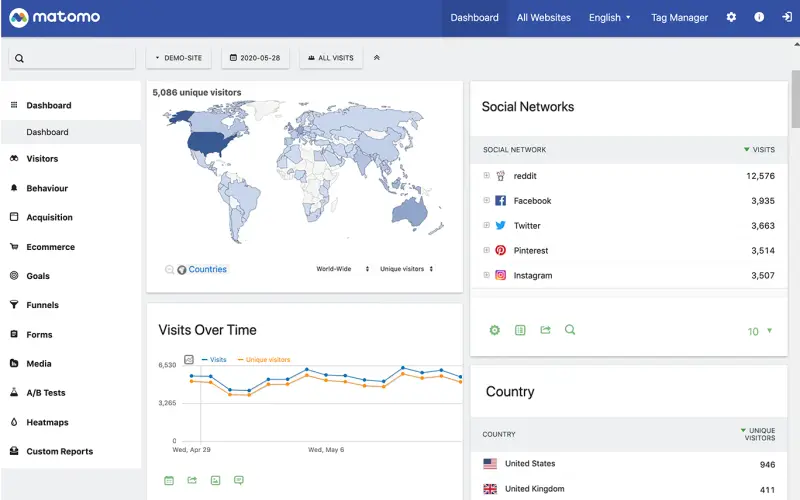
9. MonsterInsights
Fully tailored for the vast WordPress ecosystem powering over 40% of all CMS-driven websites, MonsterInsights seamlessly integrates website traffic analytics tracking, custom reporting dashboards, and actionable insights functionality into the widely used open-source content management system and plugin architecture. Purpose-built to cater to the needs of bloggers, small businesses, digital agencies, e-commerce merchants, and online publishers that rely on WordPress, MonsterInsights quantitatively measures visitor engagement across site content to illuminate key drivers and opportunities that accelerate revenue growth.
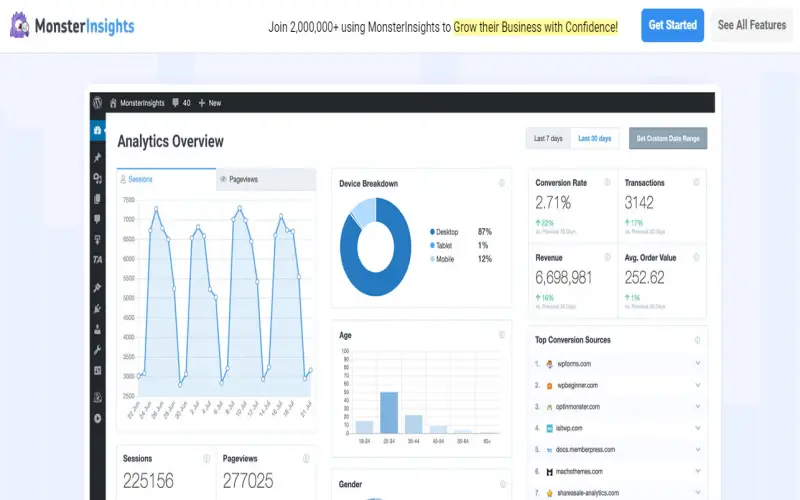
10. HubSpot
Rounding out the list as an all-in-one inbound methodology focused on integrated marketing, sales, and customer service platform centered around the concept of owned media optimization, HubSpot offers website analytics as a core capability complementing its broader blogging, landing page building, lead intelligence, email campaign, and CRM functionalities unified together into one SaaS product suite. With crafted integration across modules, HubSpot customers can leverage visitor-level insights to accelerate opportunities through the pipeline by iteratively aligning site experiences to audience expectations.



